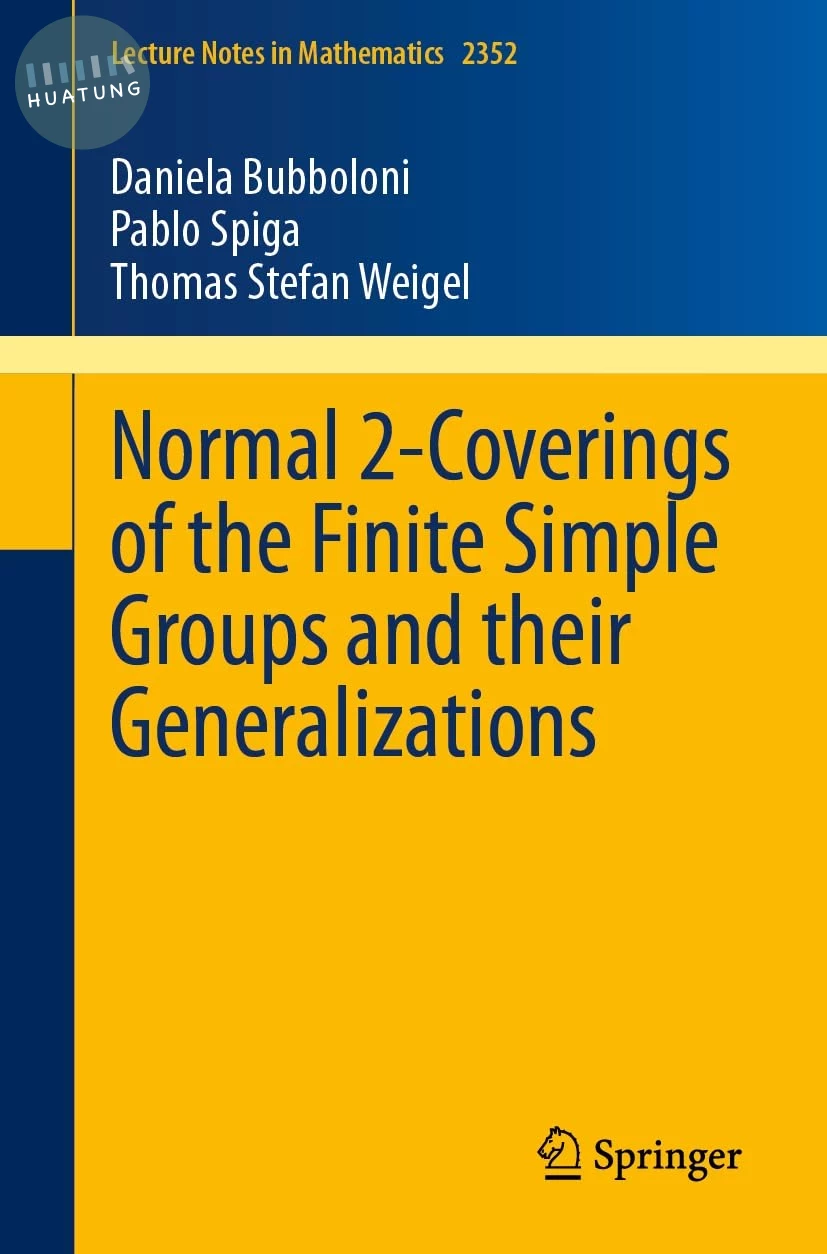
| 定價: | ||||
| 售價: | 2000元 | |||
| 庫存: | 已售完 | |||
| LINE US! | ||||
| 此書為本公司代理,目前已售完,有需要可以向line客服詢問進口動向 | ||||
| 付款方式: | 超商取貨付款 |

|
|
| 信用卡 |

|
||
| 線上轉帳 |

|
||
| 物流方式: | 超商取貨 | ||
| 宅配 | |||
| 門市自取 |
為您推薦

類似書籍推薦給您

類似書籍推薦給您

類似書籍推薦給您
本書特色 Comprehensive. The book covers extensive aspects of finite element simulations: geometry modeling and meshing; 2D and 3D; solid models, surface models, and line models; static and dynamic; implicit and explicit; linear and nonlinear; contact and material nonlinearities; design optimization, etc. User-Friendly. It uses step-by-step instructions to guide readers learning finite element simulations. It has been tried out on the author's classroom and proved to be user-friendly. Real-World Cases. Twenty-seven cases are used in 45 hands-on exercises, each constitutes a section of a chapter; many of the cases are industrial or research projects. They are not too complicated so students can build from scratch and perform the simulations in an academic teaching version of ANSYS Workbench 2019. Background Knowledge. Background knowledge is provided whenever necessary. To be efficient, the teaching methods are conceptual rather than mathematical, short, yet comprehensive. The last four chapters cover more advanced topics: structural dynamics, nonlinear simulations, nonlinear materials, and explicit dynamics; each chapter begins a section that gives the basics of that topic in a unique and efficient teaching approach to facilitate the subsequent learning. Learn by Hands-on. A learning approach emphasizing hands-on experience spreads through the entire book. A typical chapter consists of 6 sections. The first two sections provide two step-by-step examples. The third section tries to complement the exercises by providing a more systematic view of the chapter subject. The following two sections provide more exercises. The final section provides review problems. ANSYS Student Compatibility. The ANSYS provides a free product license with nodes/elements size limitation. All examples in this book are designed to meet this limitation. Demo Videos. Each step-by-step exercise is demonstrated with high-definition videos. 內容簡介 This book is a comprehensive and easy to understand workbook. It utilizes step-by-step instructions to help guide readers to learn finite element simulations. Twenty seven case studies are used throughout the book. Many of these cases are industrial or research projects the reader builds from scratch. An accompanying DVD contains all the files readers may need if they have trouble. Relevant background knowledge is reviewed whenever necessary. To be efficient, the review is conceptual rather than mathematical, short, yet comprehensive. Key concepts are inserted whenever appropriate and summarized at the end of each chapter. Additional exercises or extension research problems are provided as homework at the end of each chapter. 目錄 Chapter 1 Introduction Chapter 2 Sketching Chapter 3 2D Simulations Chapter 4 3D Solid Modeling Chapter 5 3D Simulations Chapter 6 Surface Models Chapter 7 Line Models Chapter 8 Optimization Chapter 9 Meshing Chapter 10 Buckling and Stress Stiffening Chapter 11 Modal Analyses Chapter 12 Transient Structural Simulations Chapter 13 Nonlinear Simulations Chapter 14 Nonlinear Materials Chapter 15 Explicit Dynamics

類似書籍推薦給您

類似書籍推薦給您
【簡介】 Description This innovative approach to teaching the finite element method blends theoretical, textbook-based learning with practical application using online and video resources. This hybrid teaching package features computational software such as MATLAB®, and tutorials presenting software applications such as PTC Creo Parametric, ANSYS APDL, ANSYS Workbench and SolidWorks, complete with detailed annotations and instructions so students can confidently develop hands-on experience. Suitable for senior undergraduate and graduate level classes, students will transition seamlessly between mathematical models and practical commercial software problems, empowering them to advance from basic differential equations to industry-standard modelling and analysis. Complete with over 120 end-of chapter problems and over 200 illustrations, this accessible reference will equip students with the tools they need to succeed in the workplace. Balances textbook-based theory of the finite element method with in-depth exercises in code implementation and software-based analysis online to prepare students for the workplace Beginning with fundamentals, such as the governing equations for simple structural systems, guides students to understanding how mathematics can be applied to the development of finite element formulations MATLAB® program files provided online for many sample exercise problems, helping students to understand the finite element method without having to code from scratch Tutorial videos with detailed annotations and instructions provide students with self-guided learning using commercial software packages, empowering them to perform sophisticated analyses and build practical experience using industry-accepted tools 【目錄】 Table of Contents 1. Introduction to the finite element method 2. Truss, temperature effect and torsion 3. Beams and frames 4. Structural dynamics 5. Bending under axial force 6. Virtual displacement and virtual work 7. Mapping, shape functions and numerical integration 8. 2D and 3D Deformable solid bodies 9. Plates and shells 10. Element locking 11. Heat transfer Appendix 1. Fundamentals of solid and structural mechanics Appendix 2. Solution methods Bibliography Index